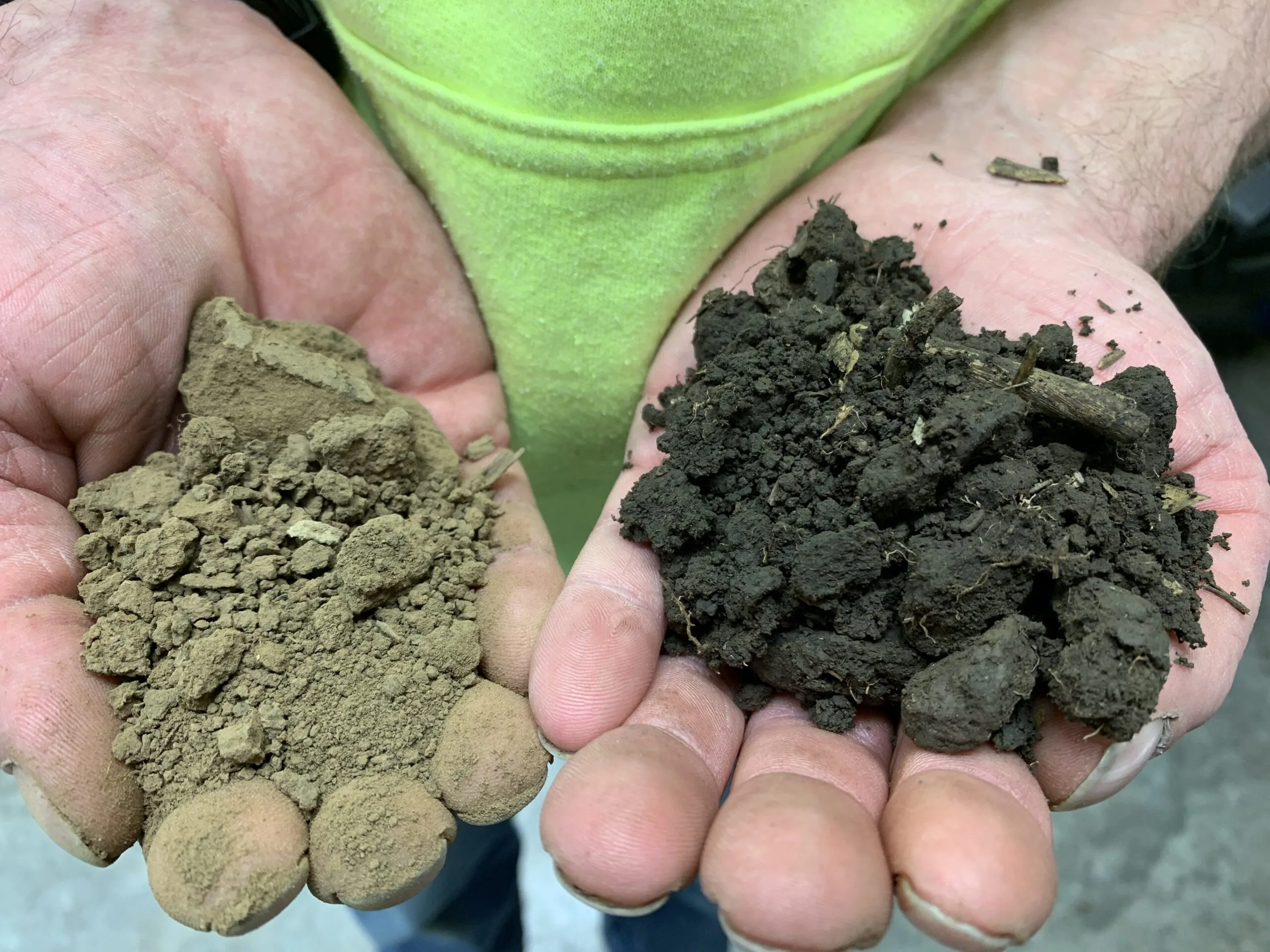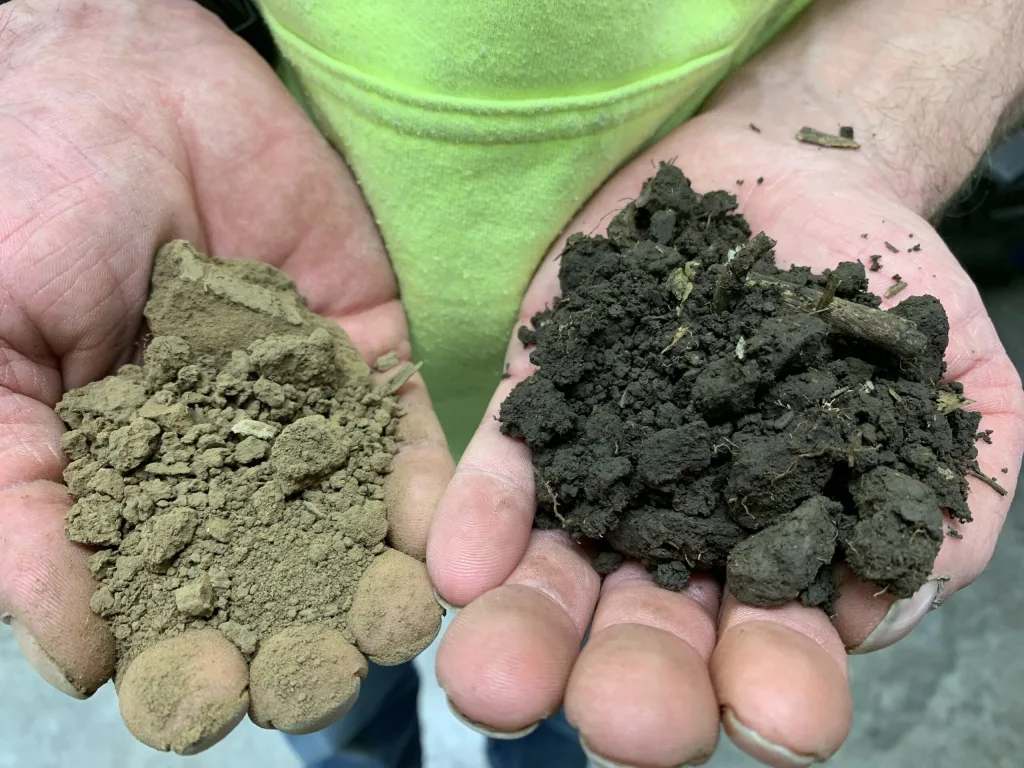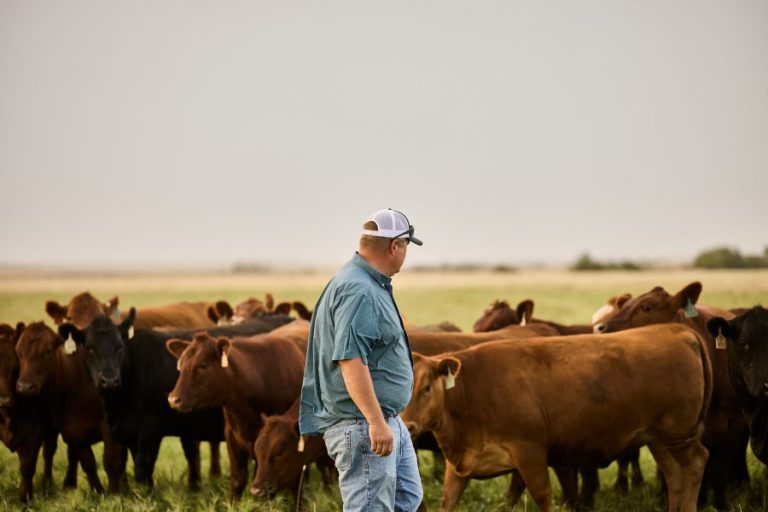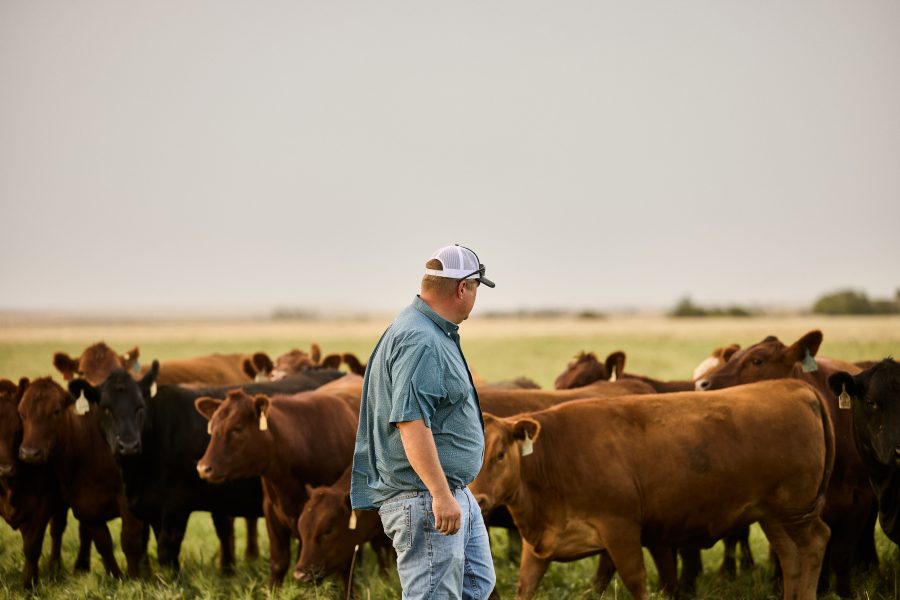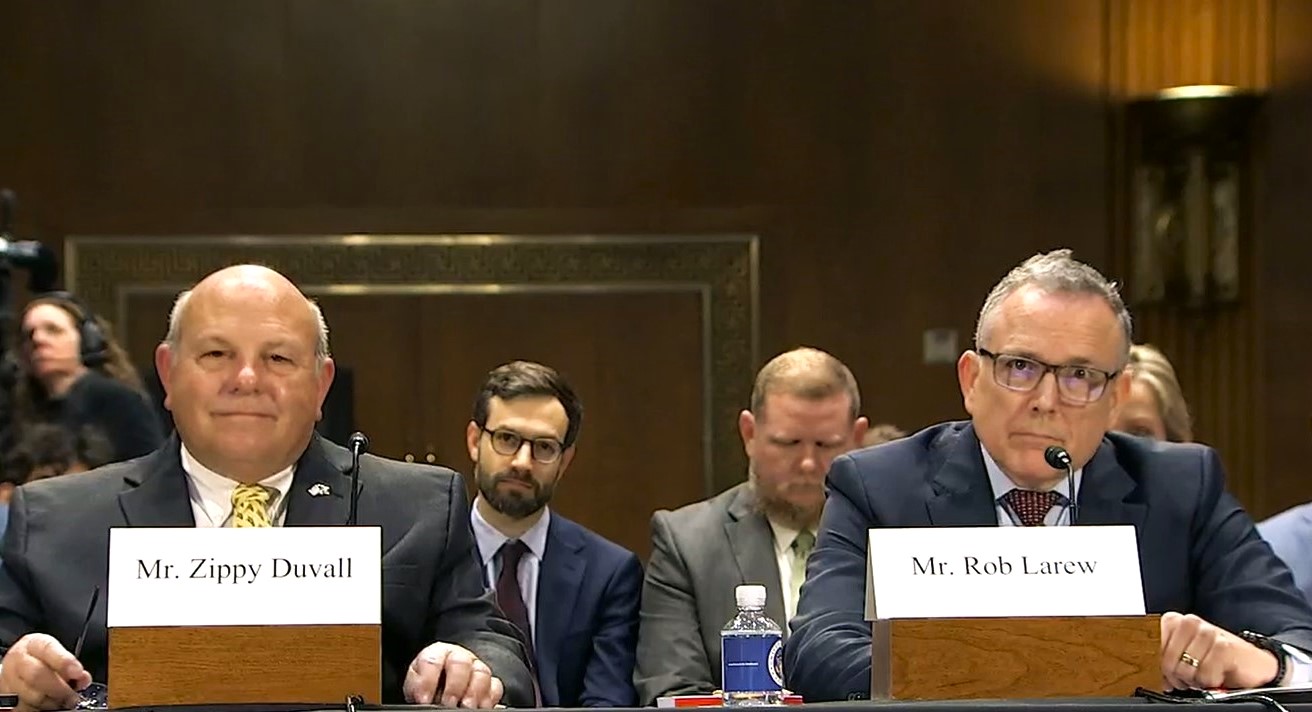PIERRE, S.D. – Many producers in South Dakota have the urge to do fall tillage immediately after they harvest their corn and soybean crops. Despite South Dakota receiving high amounts of precipitation in May through June of 2024, much of the state has received little precipitation during August, September, and October. This has caused all of South Dakota to shift into drought. This can be seen on the U.S. Drought Monitor that was posted on October 17, 2024.
When the soil gets very dry, soil aggregates shrink, and some will break into smaller soil aggregates. This shrinkage leads to the formation of more soil macropores. An example of cracks beginning to form is shown in Figure 2.
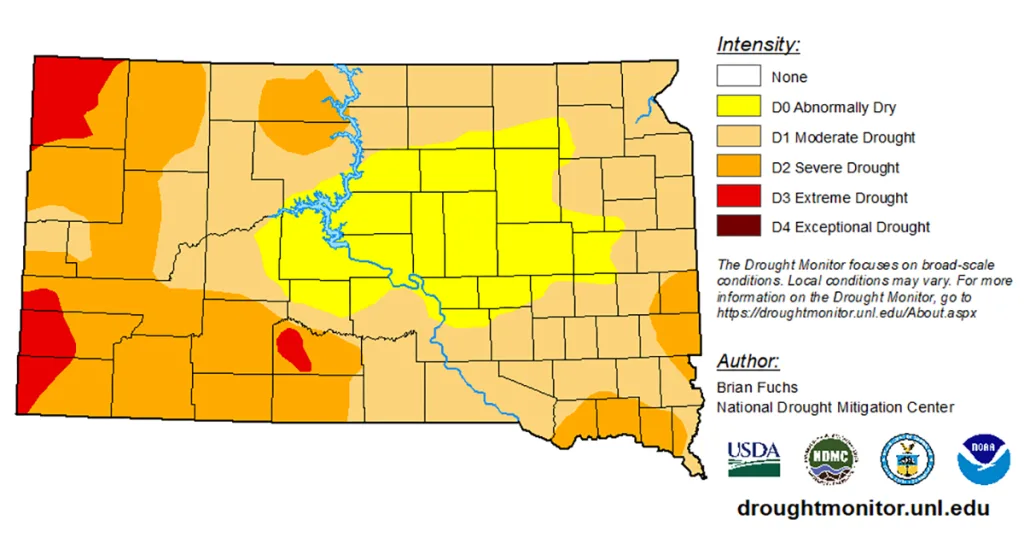
The formation of more macropores leads to a reduction of soil compaction (bulk density). This is an excellent natural remedy to combat compaction in the field. Also, having these large cracks form creates voids that go deep into the soil. These large, connected pores will allow for rainfall and snowmelt to enter the soil and be stored in soil aggregates.
Negative Effects of Tillage and Armor Removal
The reasons producers give for fall tillage are that it may help the soil warm up and dry out faster in the spring so they can plant crops earlier. Also, producers chose to harvest their crop residues to sell or use for animal feed and bedding on their own operation. However, these are bad decisions for soil and water conservation, especially given the current drought conditions and lack of chances of rainfall.
Tilling dry soil creates many large clods, but also many small soil aggregates and powders (non-aggregates). This can be shown in Figures 3 through 5. The small soil aggregates and powder created by tillage are more likely to blow away compared to if soil was not tilled. This leads to loss of organic matter that contains carbon and essential plant nutrients from the field. Keeping soil organic matter is important for building soil structure and maintaining a vibrant soil microbial community.



Benefits of Skipping Fall Tillage
Skipping fall tillage can save you money by not using the fuel to operate the tillage implements and having reduced losses of organic matter and nutrients through wind erosion. Also, tilling the soil disrupts soil macropores and small aggregates that will block the soil pores created from when the soil was really dry. Not tilling the soil in the fall will keep these large pores present and open in the soil for rainfall and snow to infiltrate into and be stored in the soil aggregates. Additionally, tilling soil reduces armor on the soil surface. This will increase the water loss rate from already too-dry soil through increased evaporation, and it increases susceptibility to raindrop impact and wind erosion. Keeping crop residues in the field also helps to increase armor on the soil surface, which can reduce evaporation and protect the soil aggregates from wind and water erosion. Tilling dry soil does not necessarily reduce soil compaction, and it destroys healthy soil structure created from the natural drying (shrinking) of the soil.
Conclusions
In dry climate conditions, soils are susceptible to wind erosion, particularly in areas that frequently receive high winds, such as South Dakota. Soils that are intensively tilled and have no surface armor are the most susceptible to soil erosion from both wind and water. An easy way for producers to conserve their soil and water resources is to skip fall tillage. Conducting fall tillage increases topsoil loss that includes carbon and nutrients, which causes lost money to producers. Also, not tilling and leaving crop residue in the field helps to protect the soil surface and reduces evaporation of the already limited water that is currently in the soil. Using soil health practices, which include keeping soil armor on the surface from not tilling, offers an easy method to keep your soil in the field and to increase water that is stored in your soil profile.
